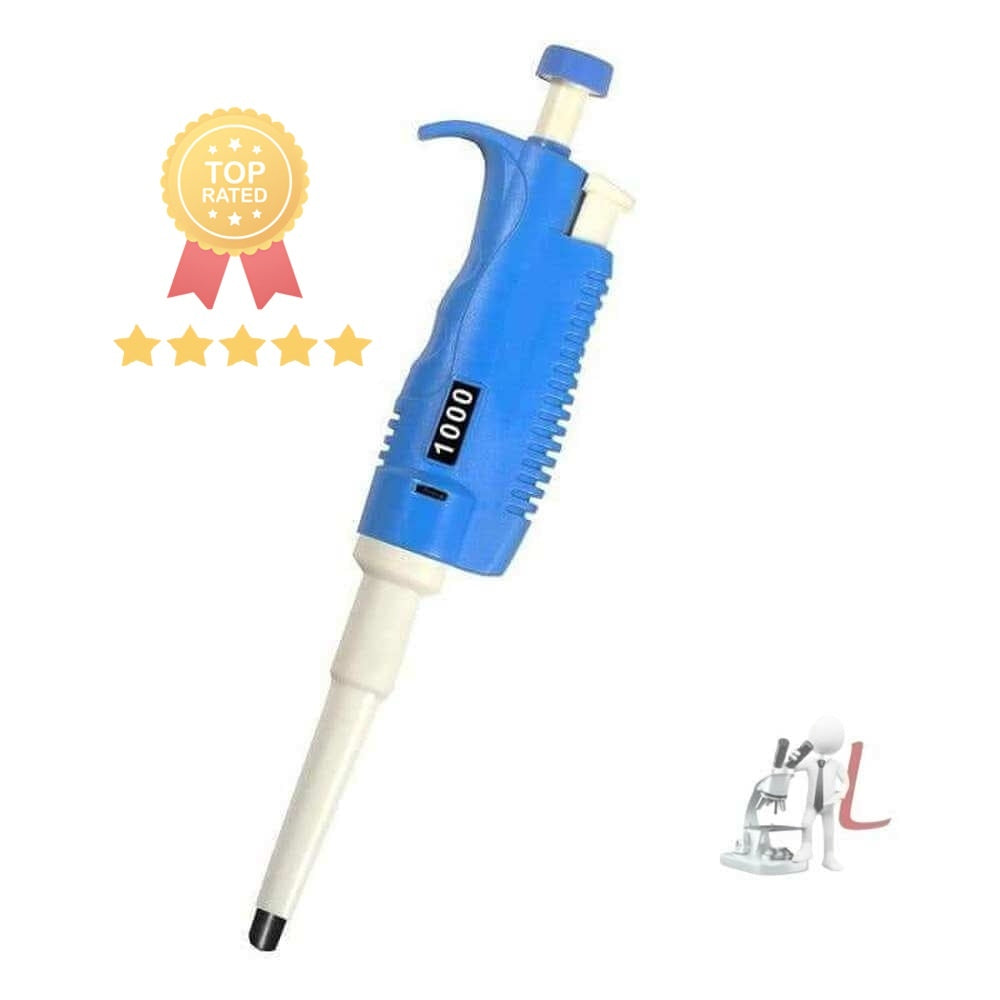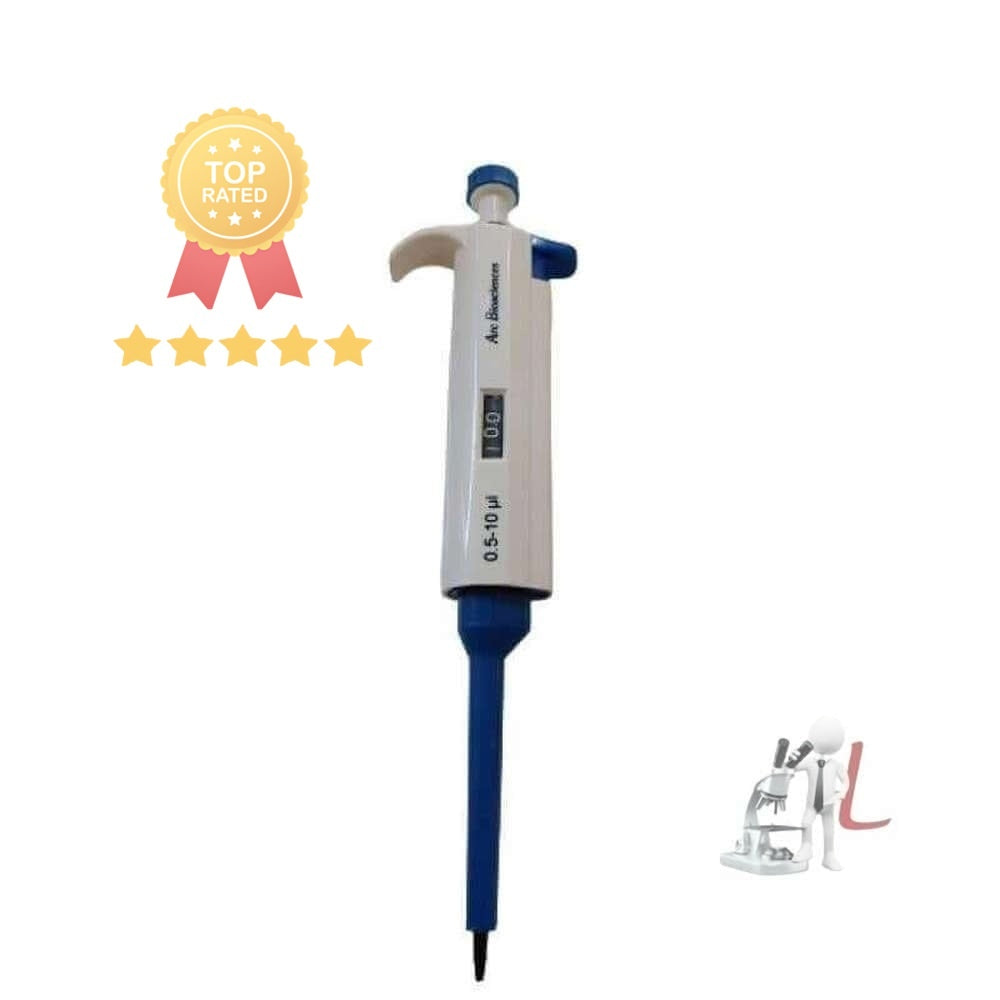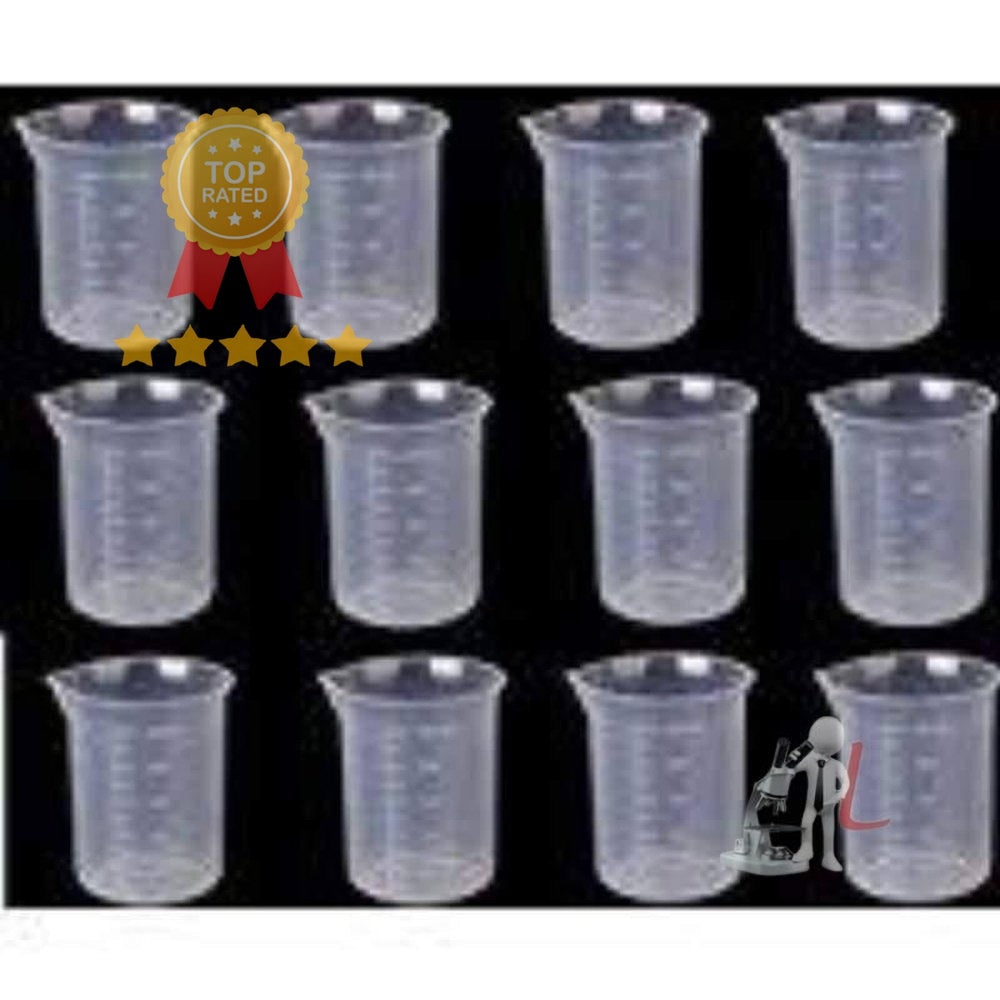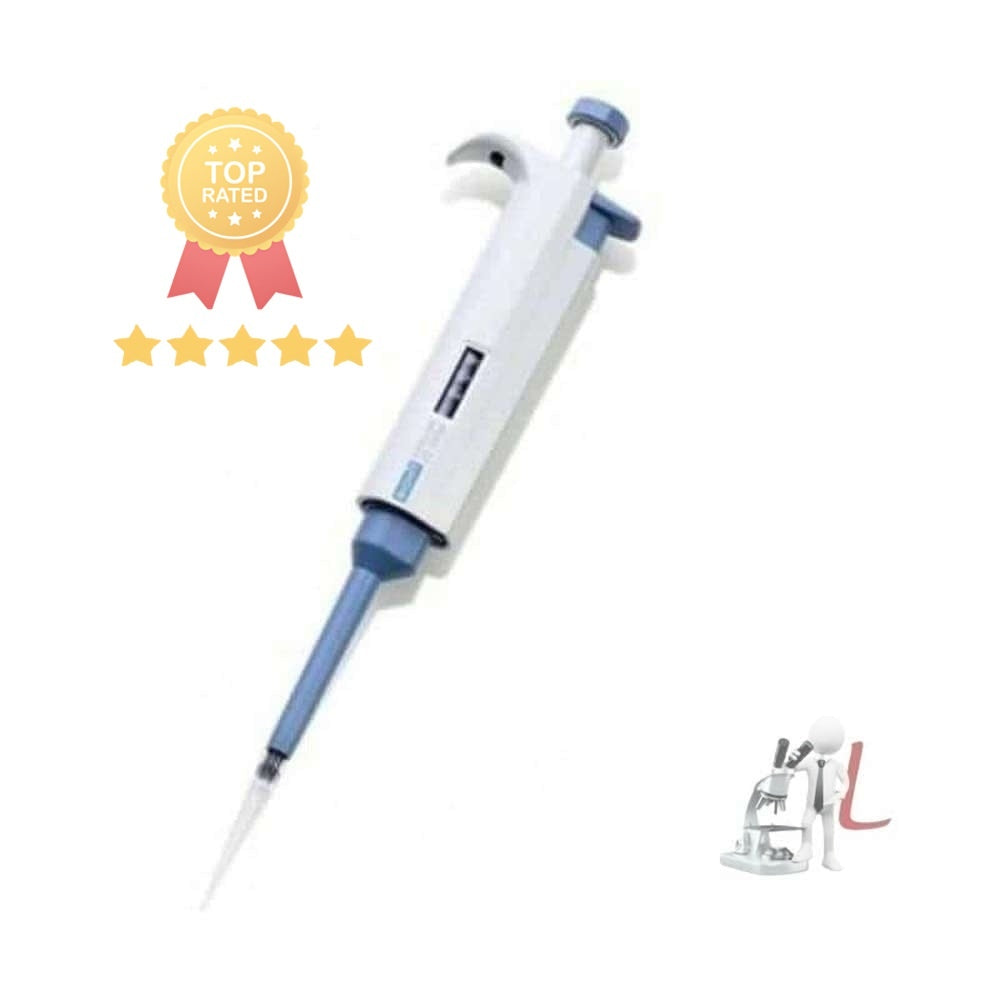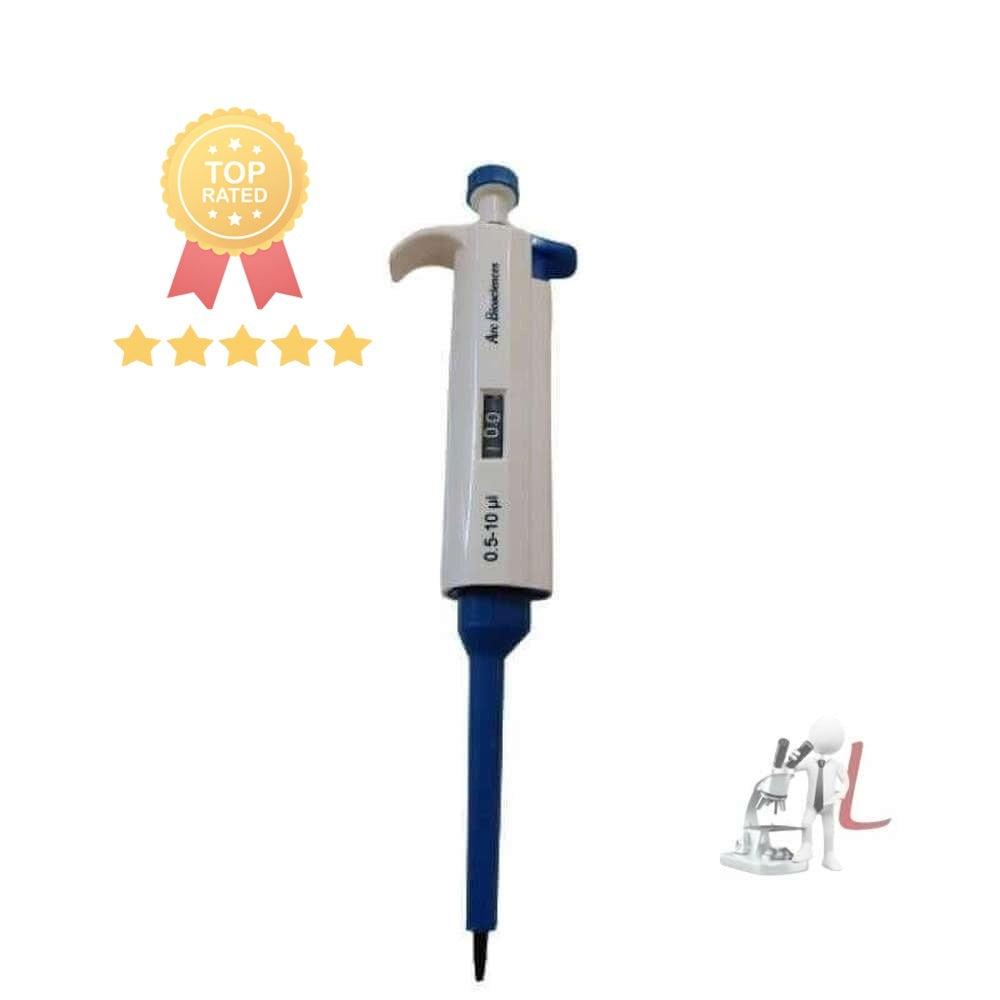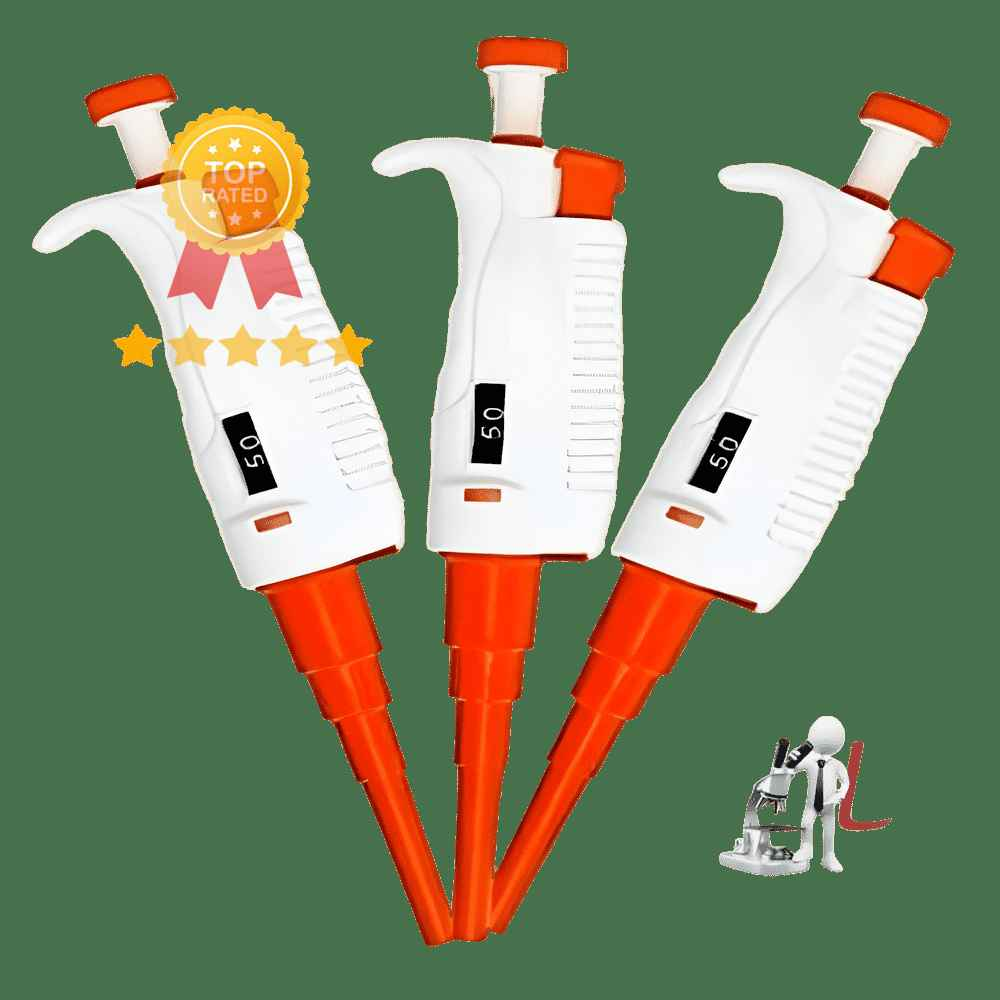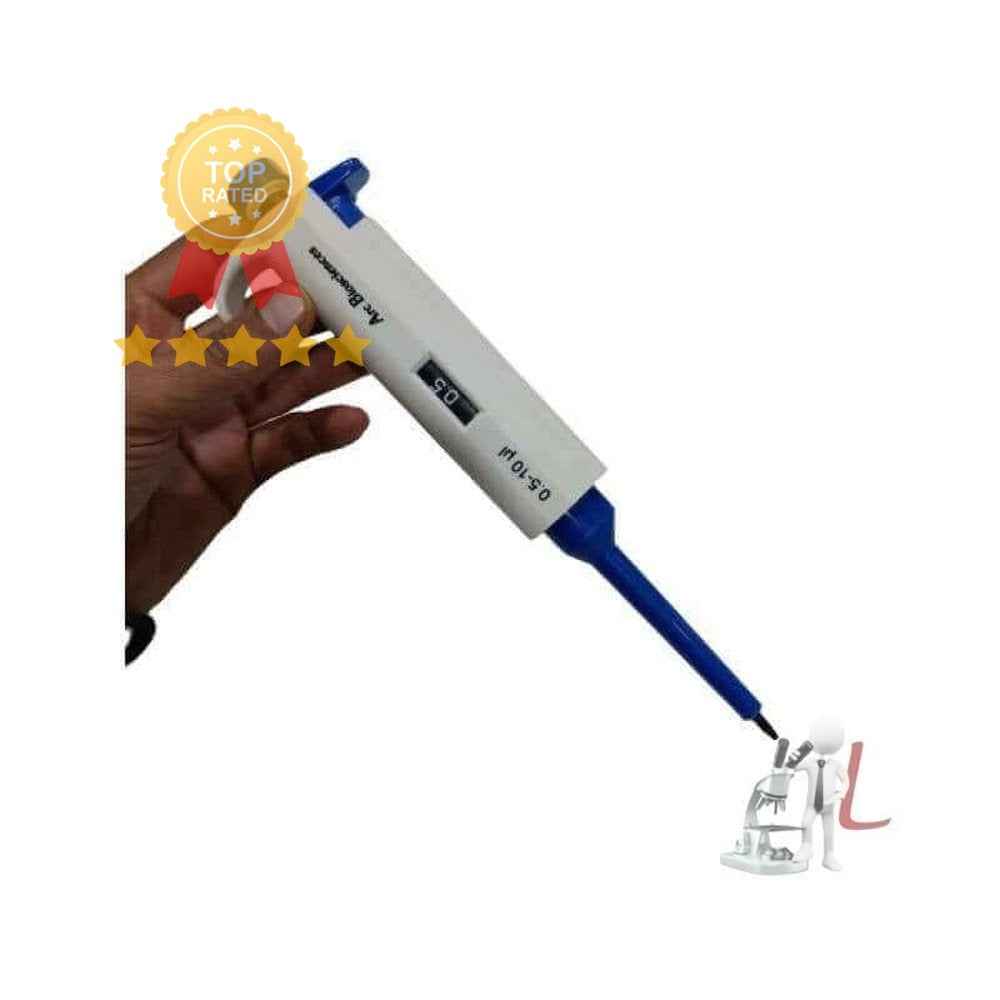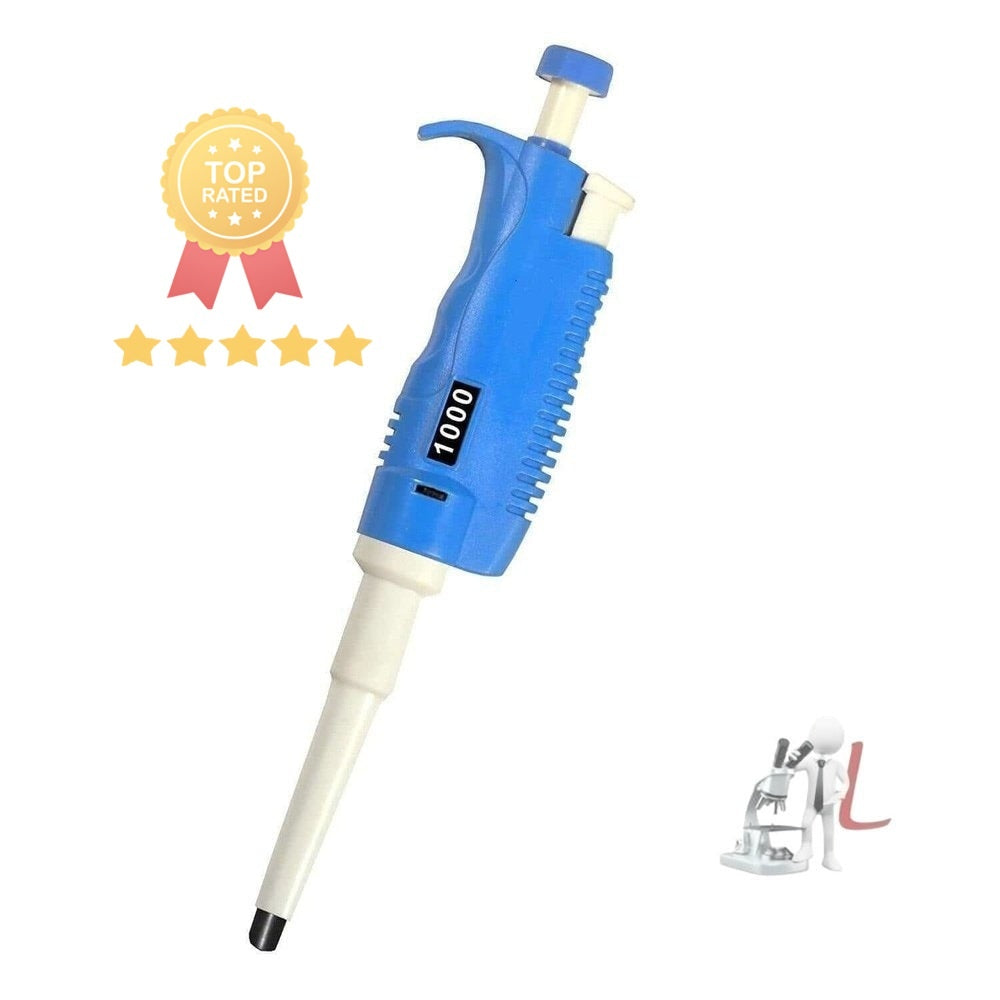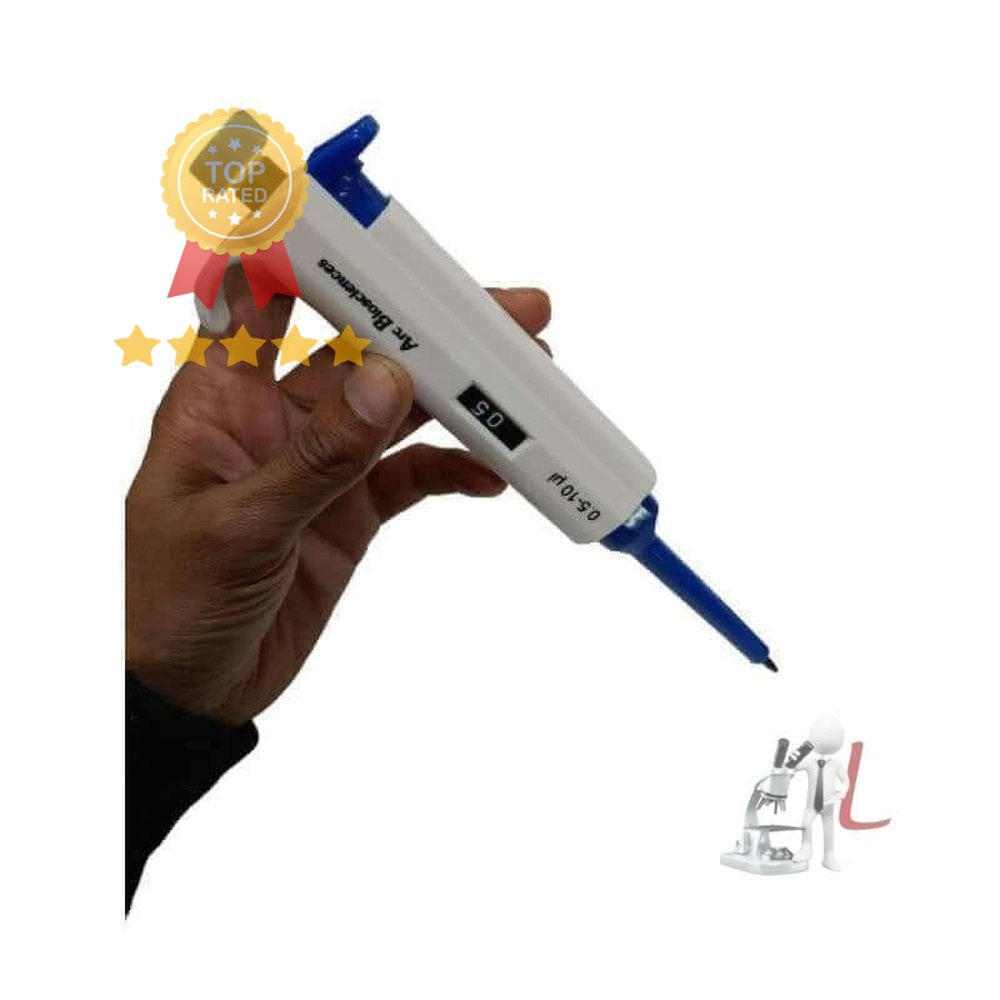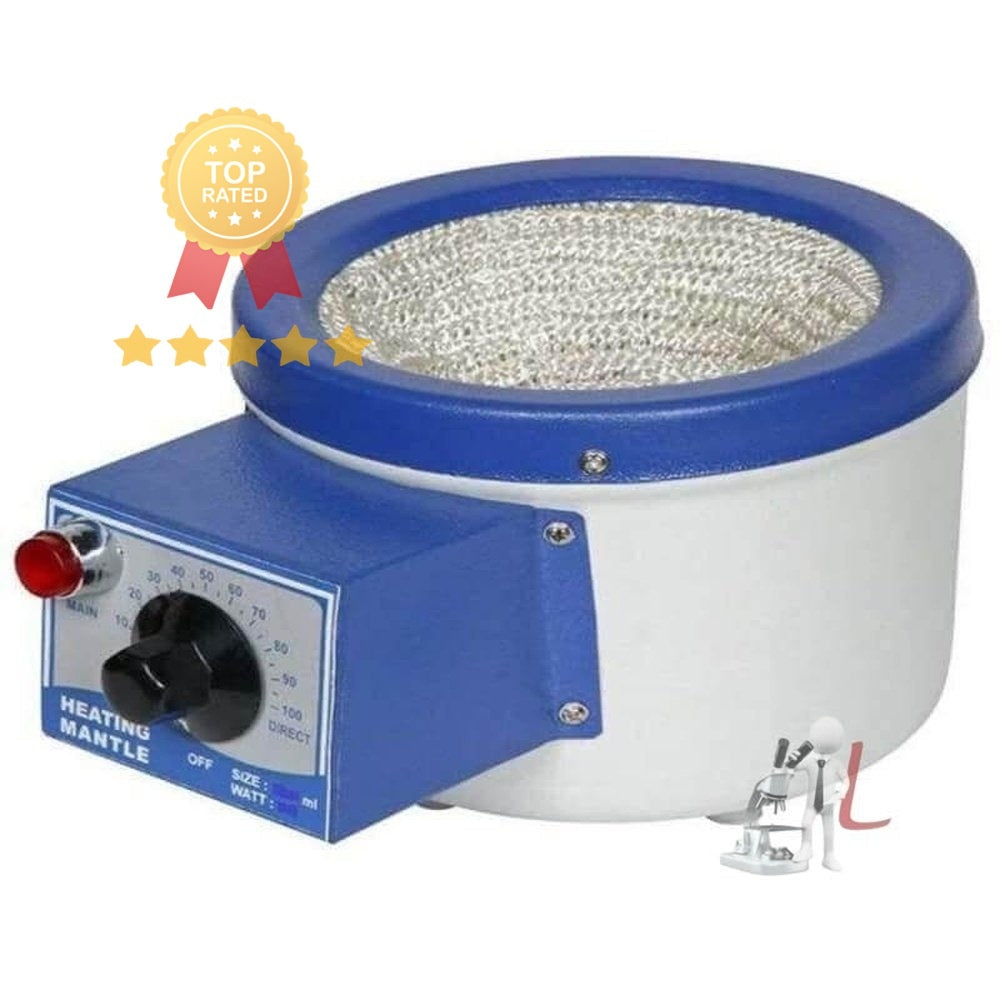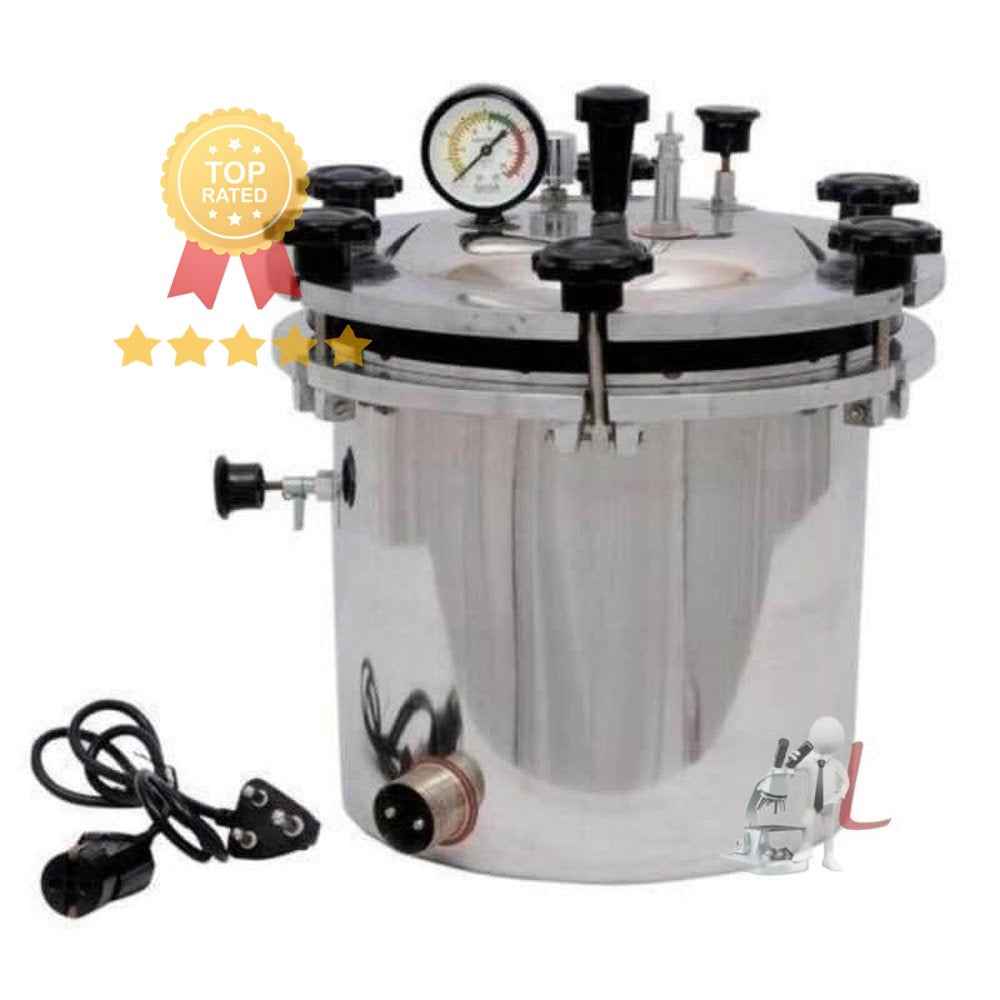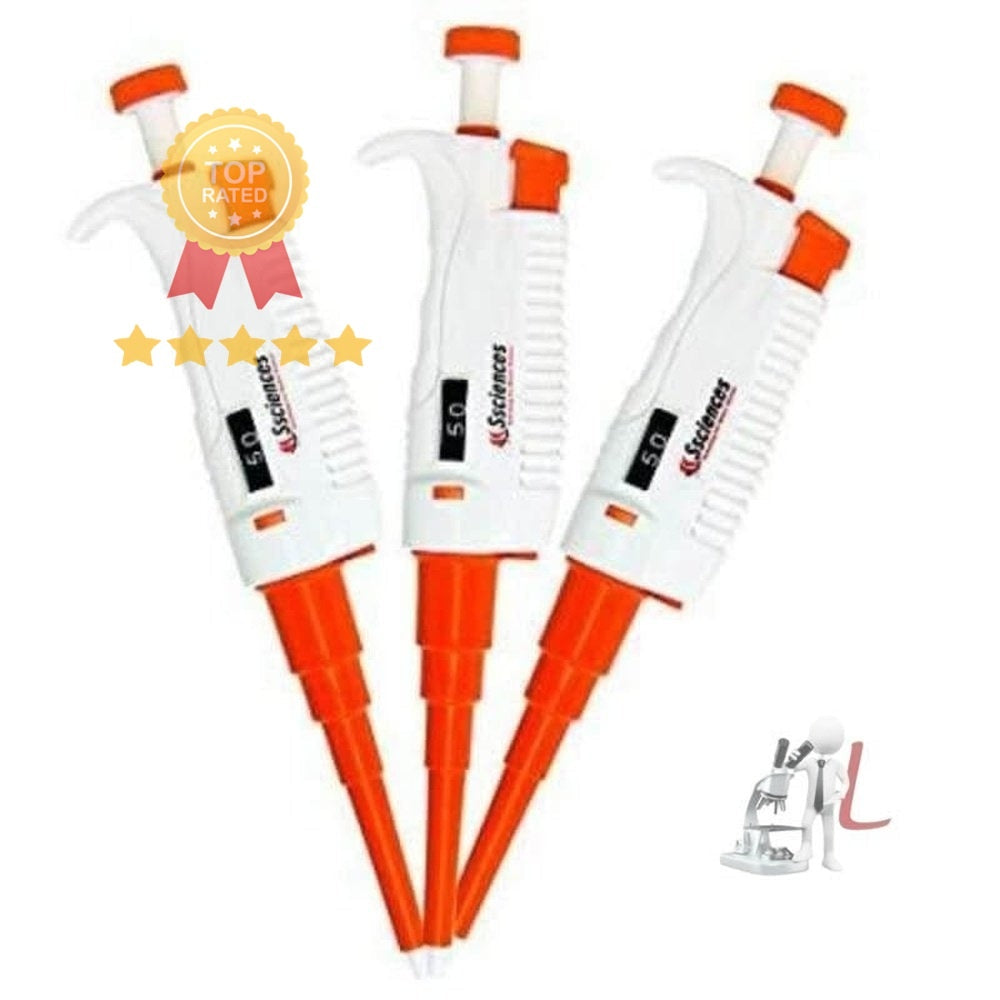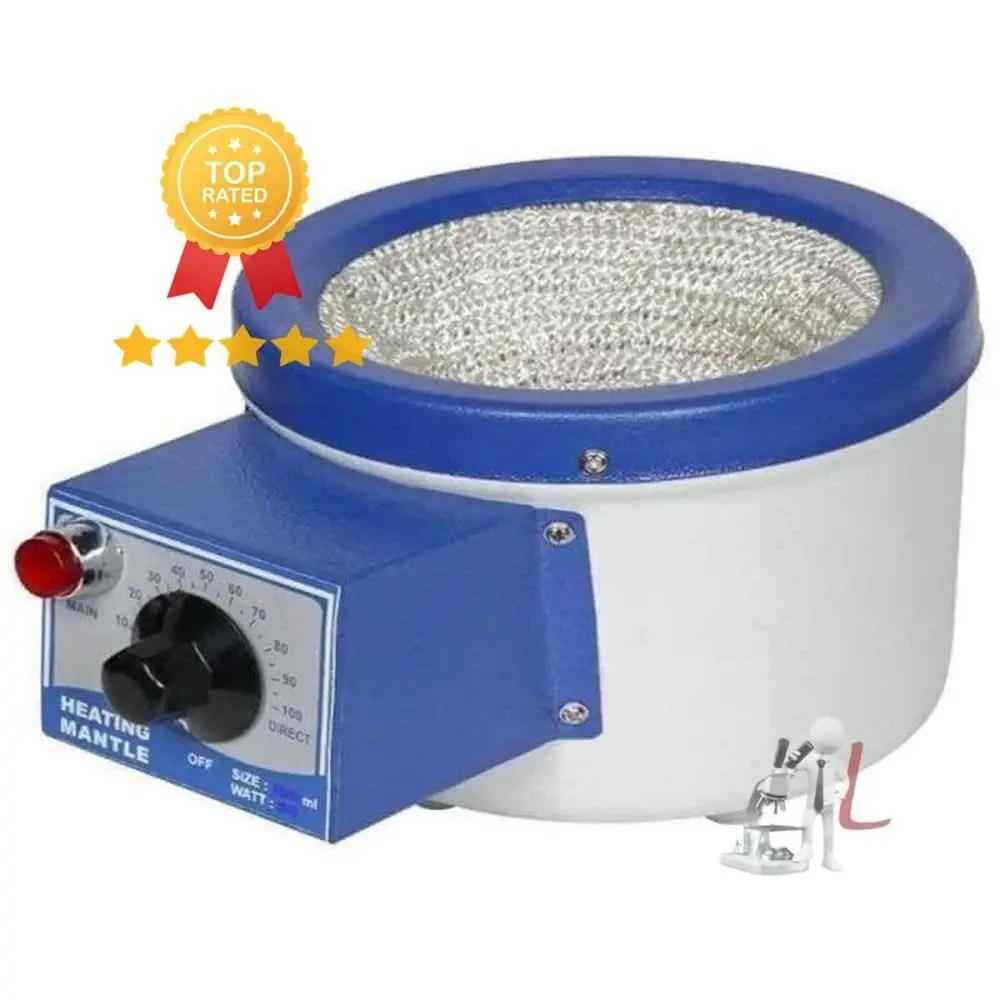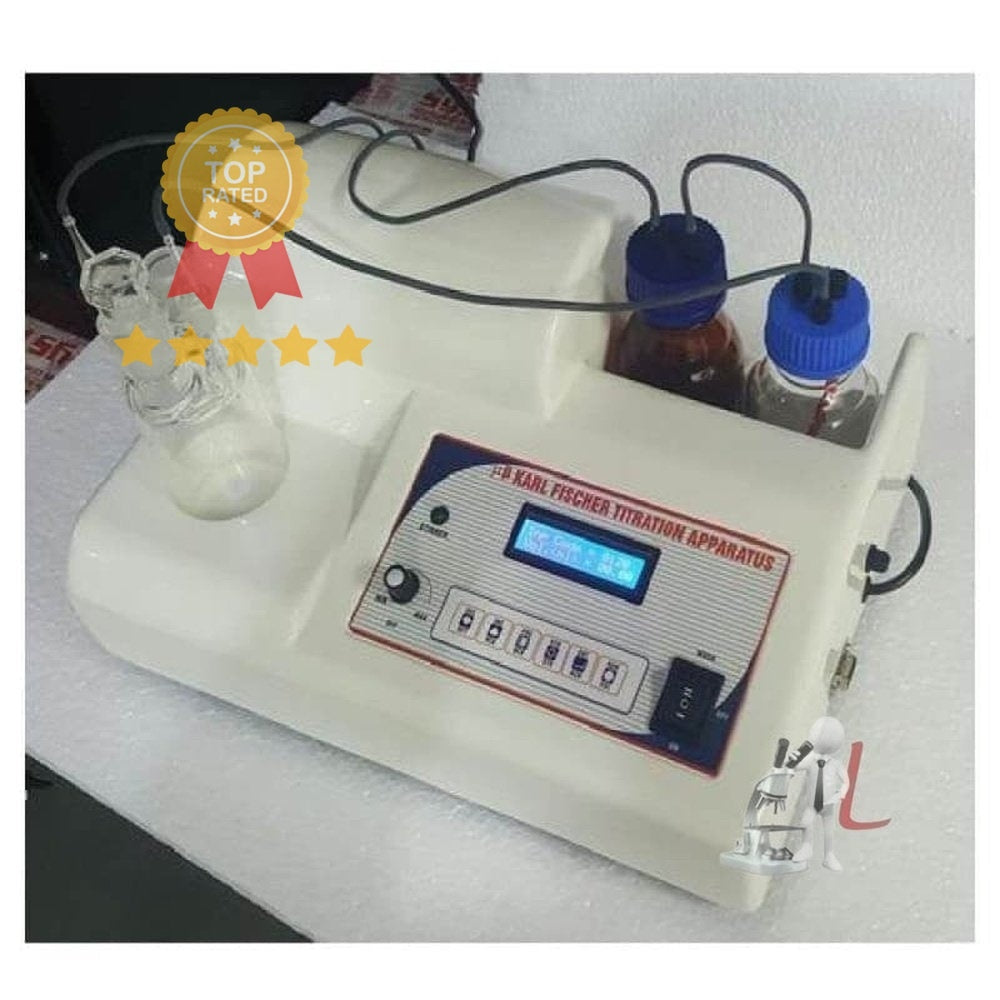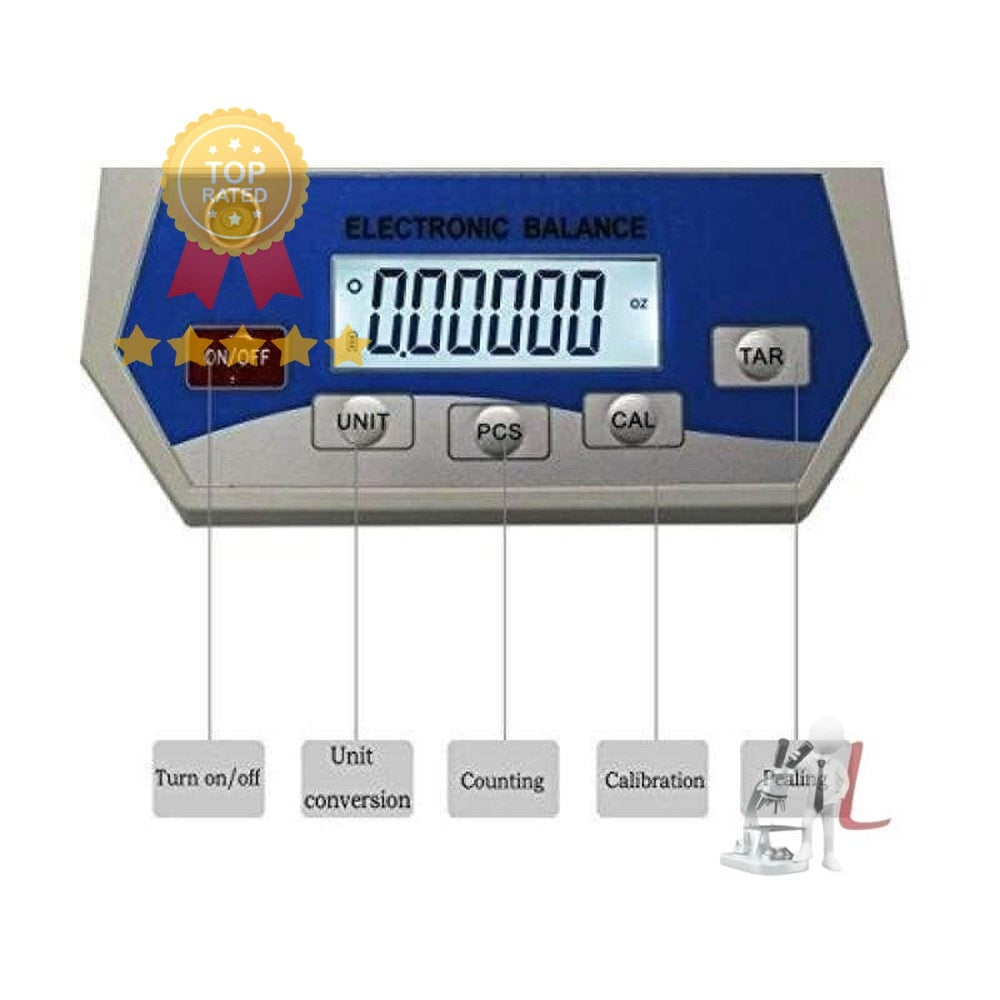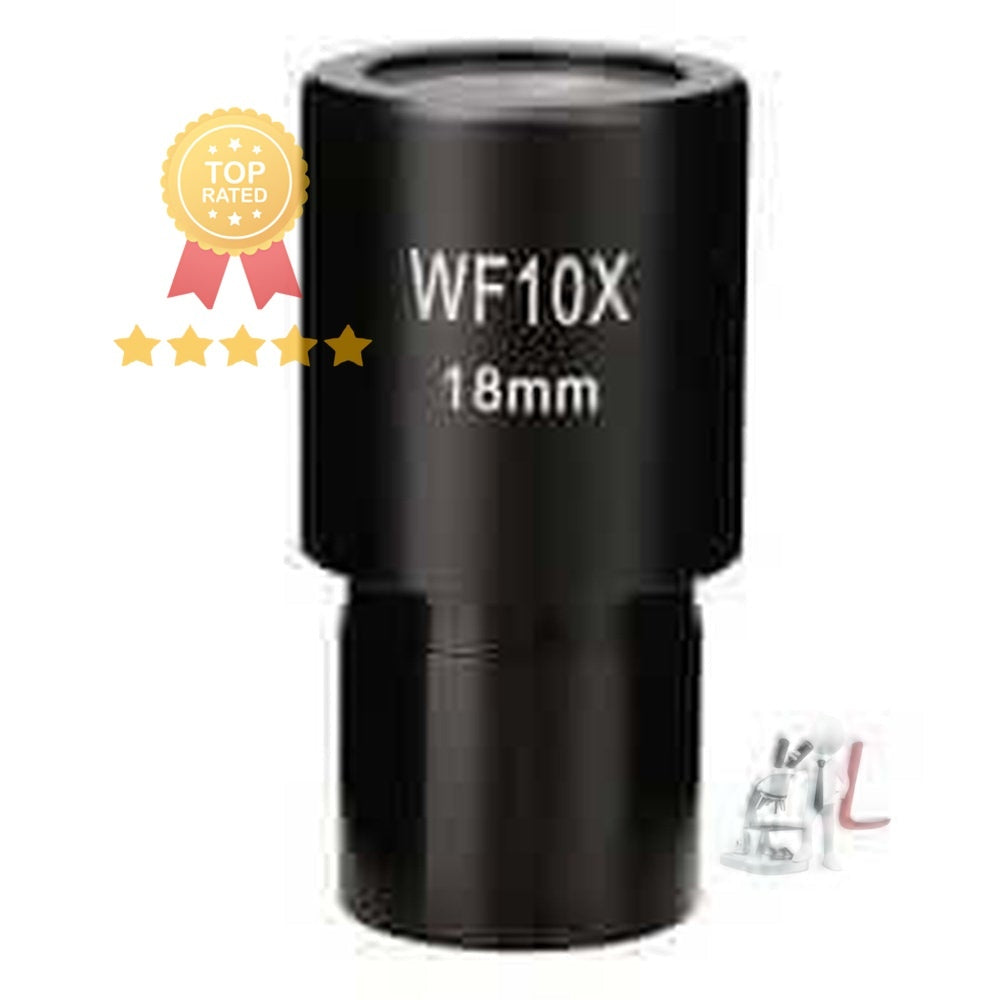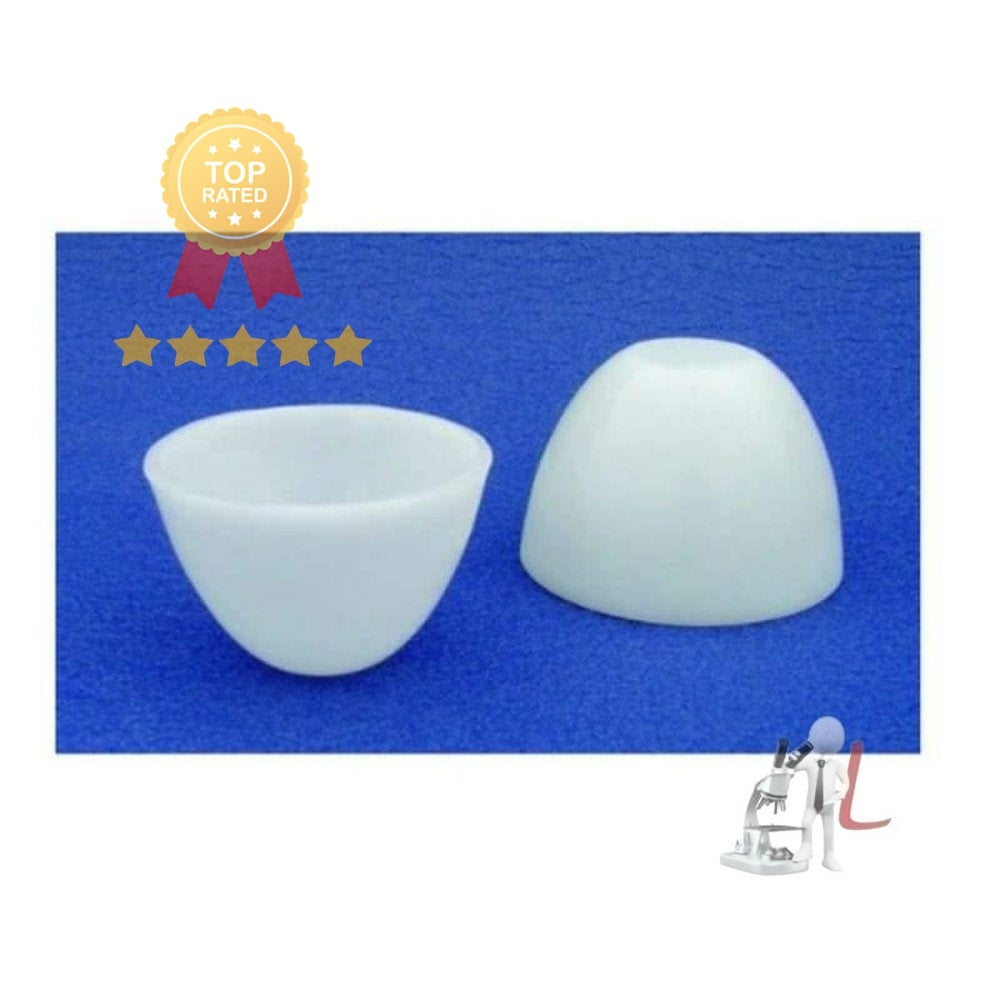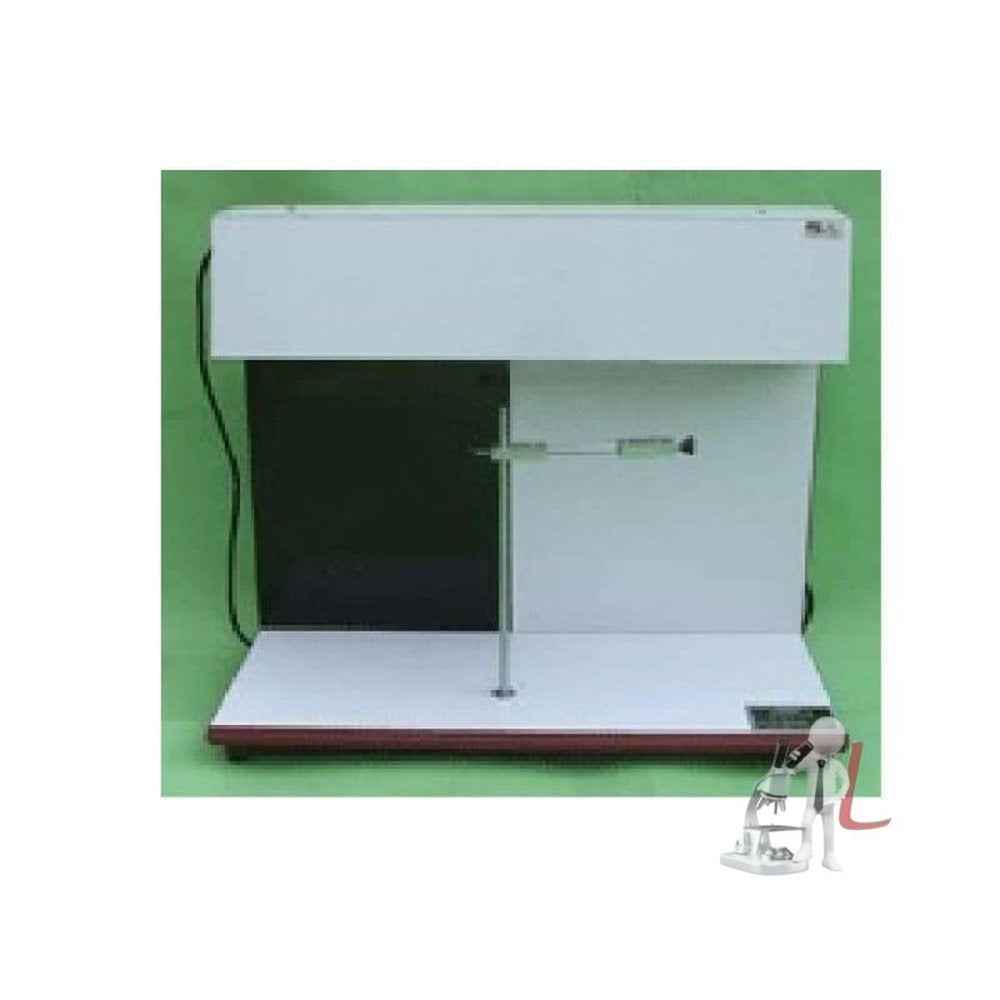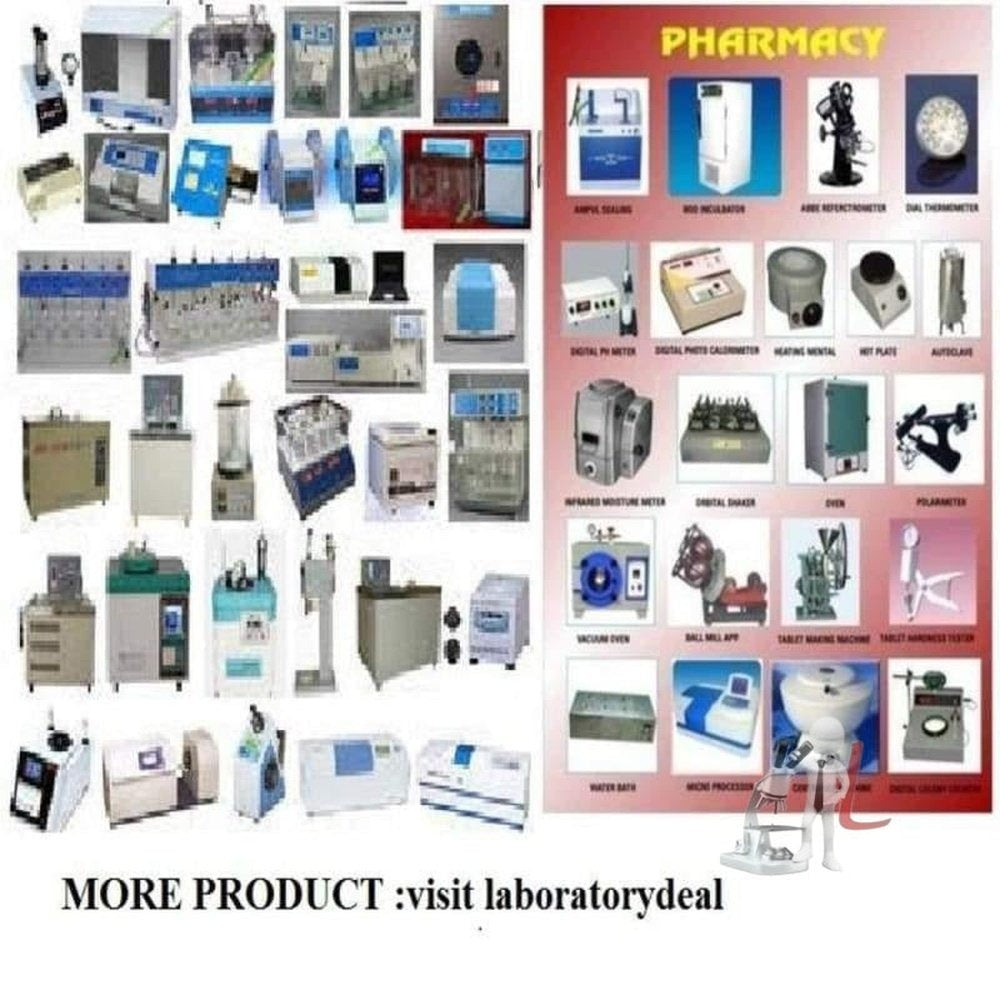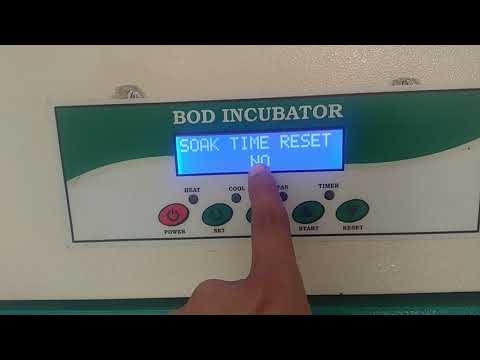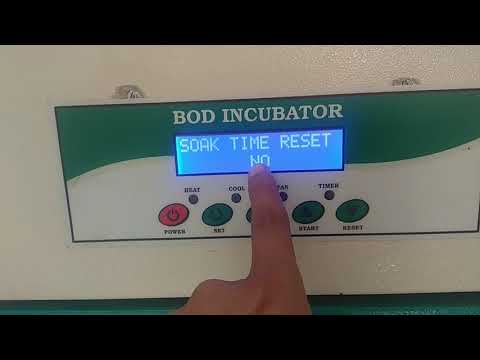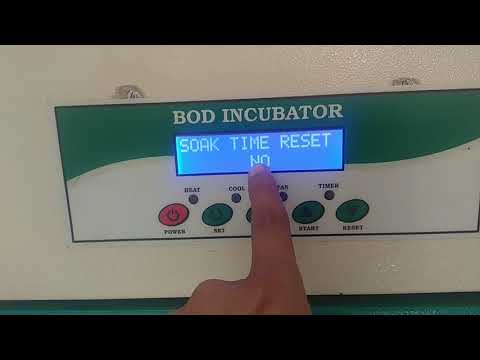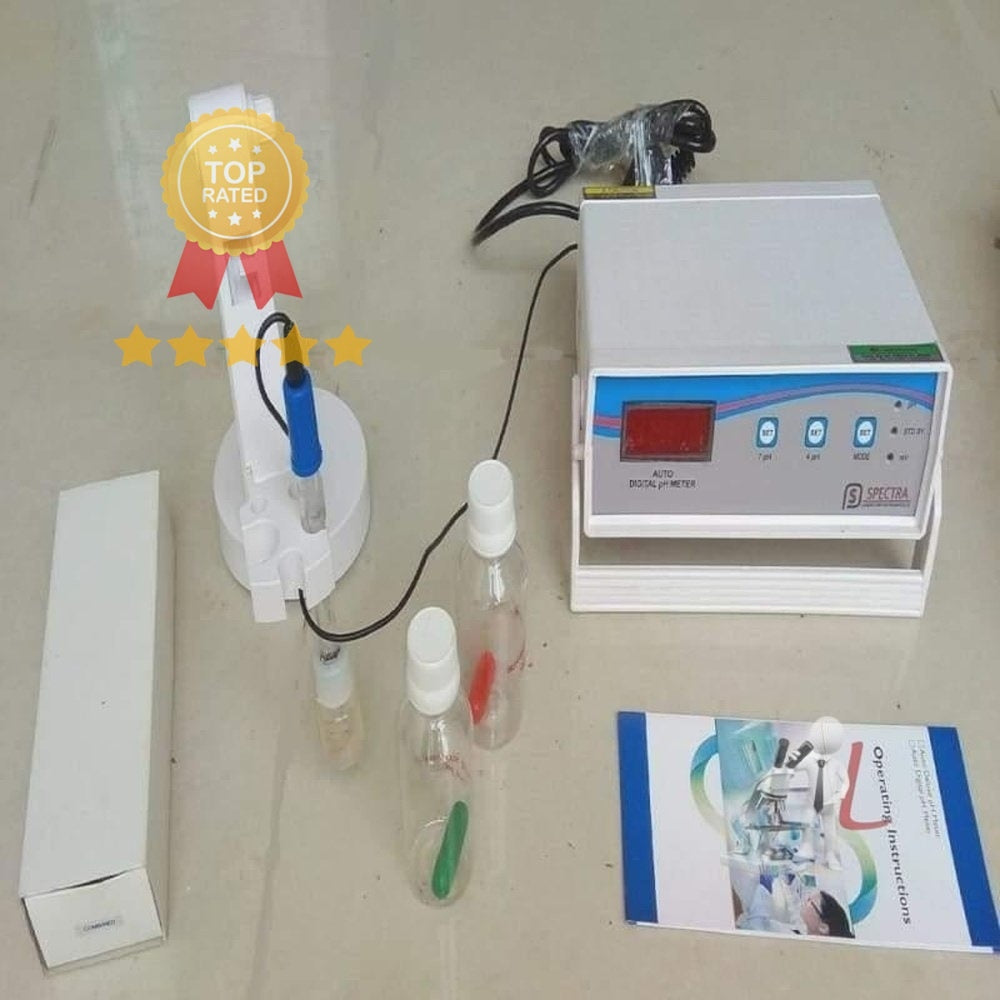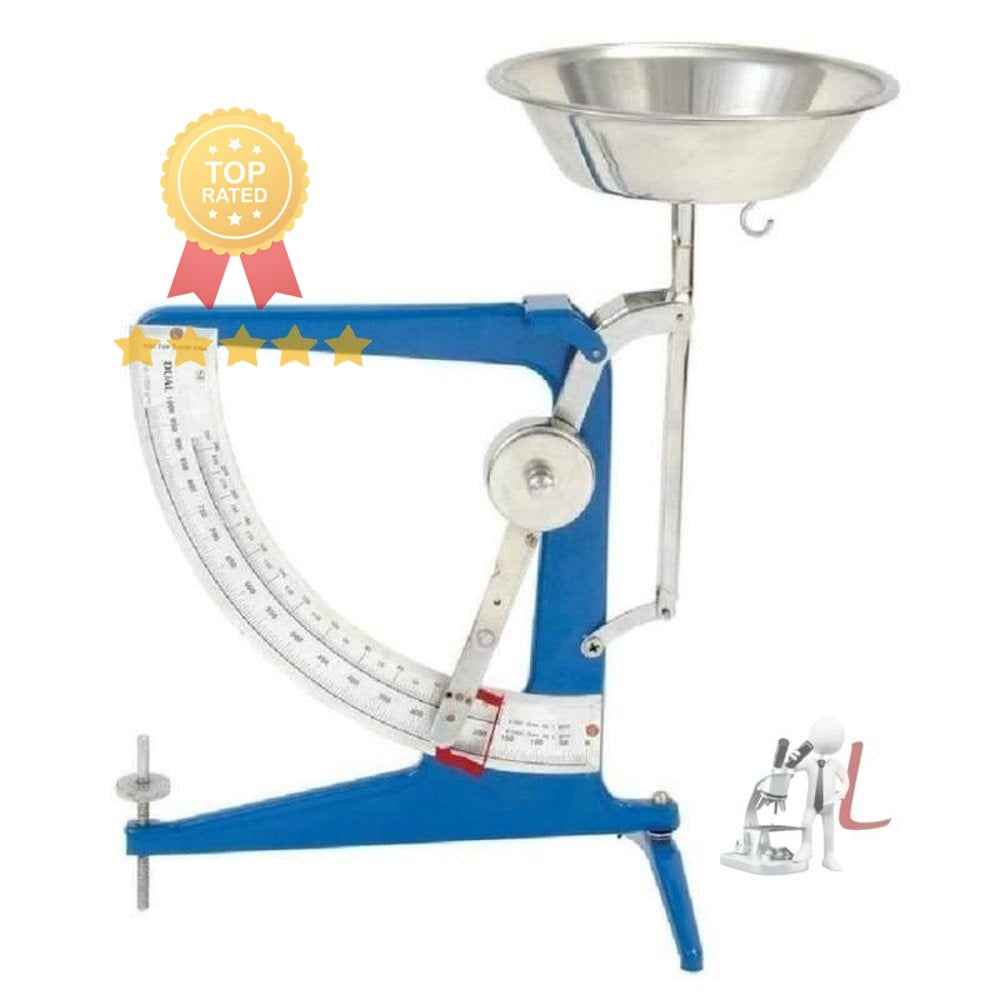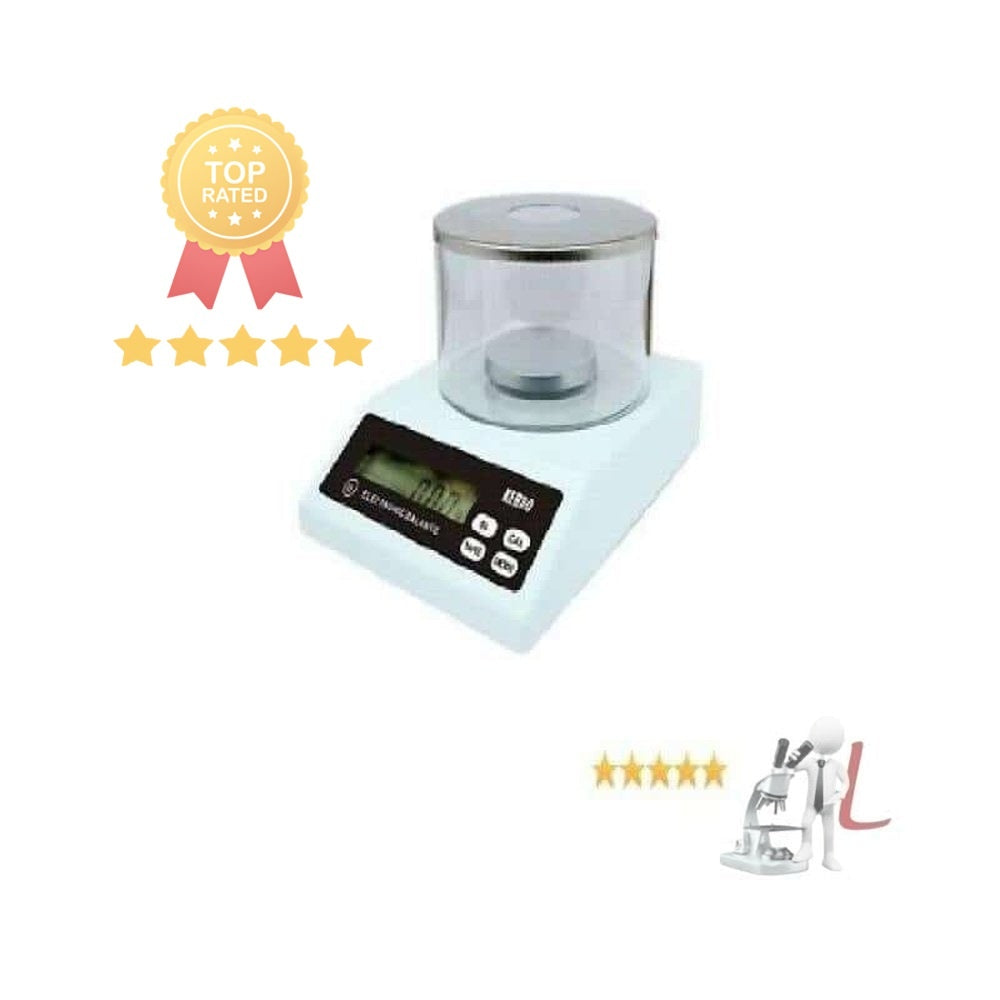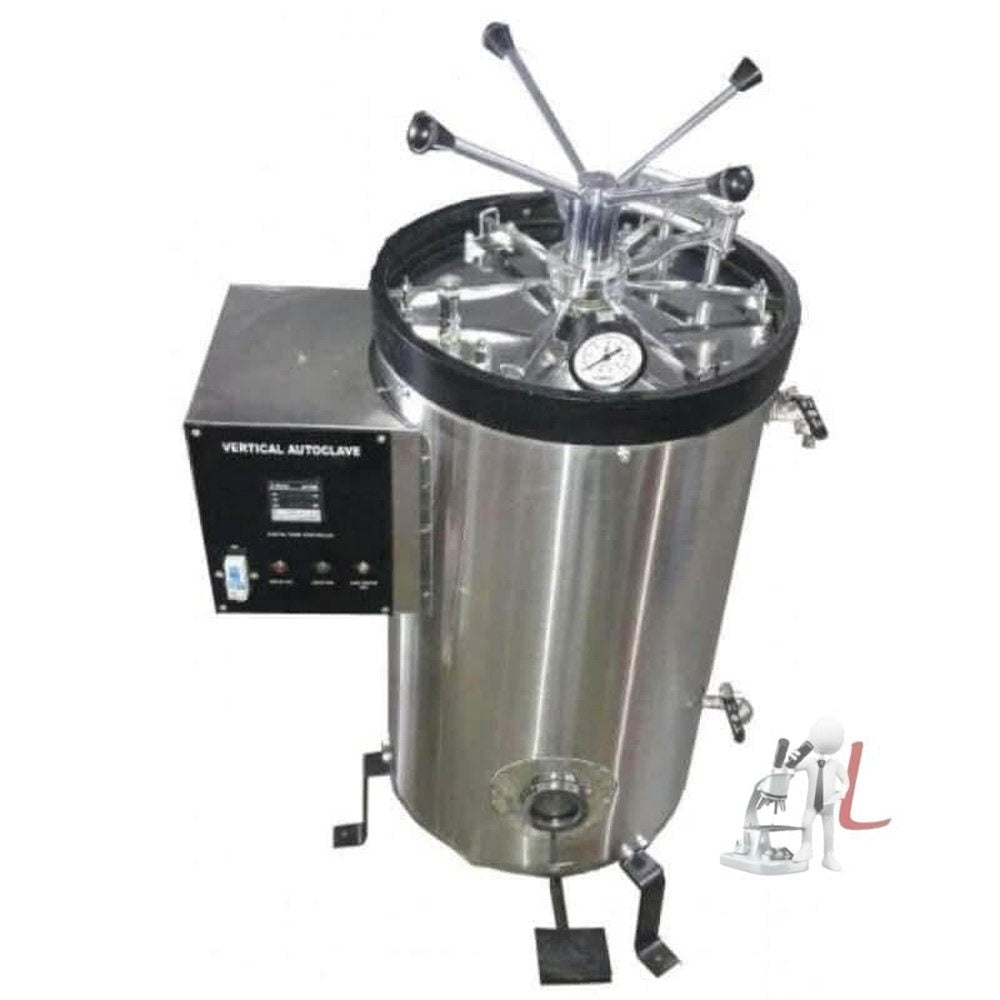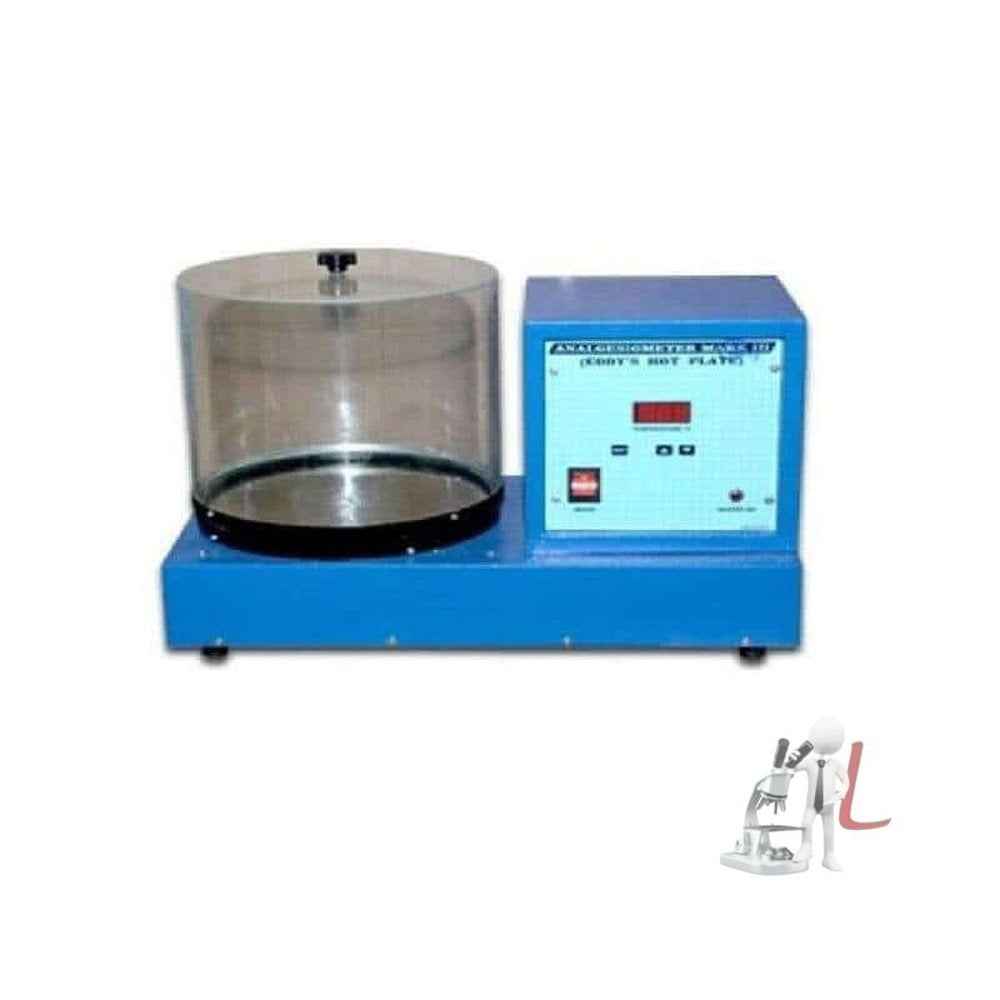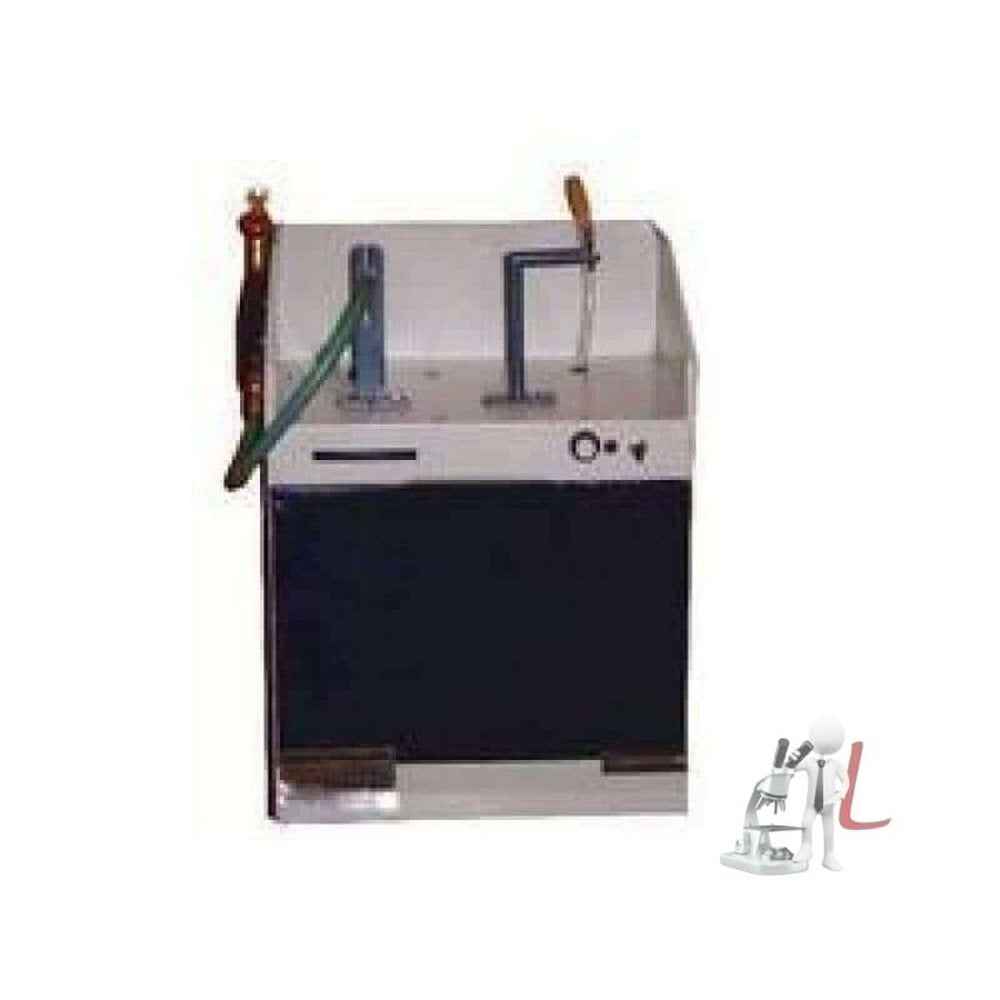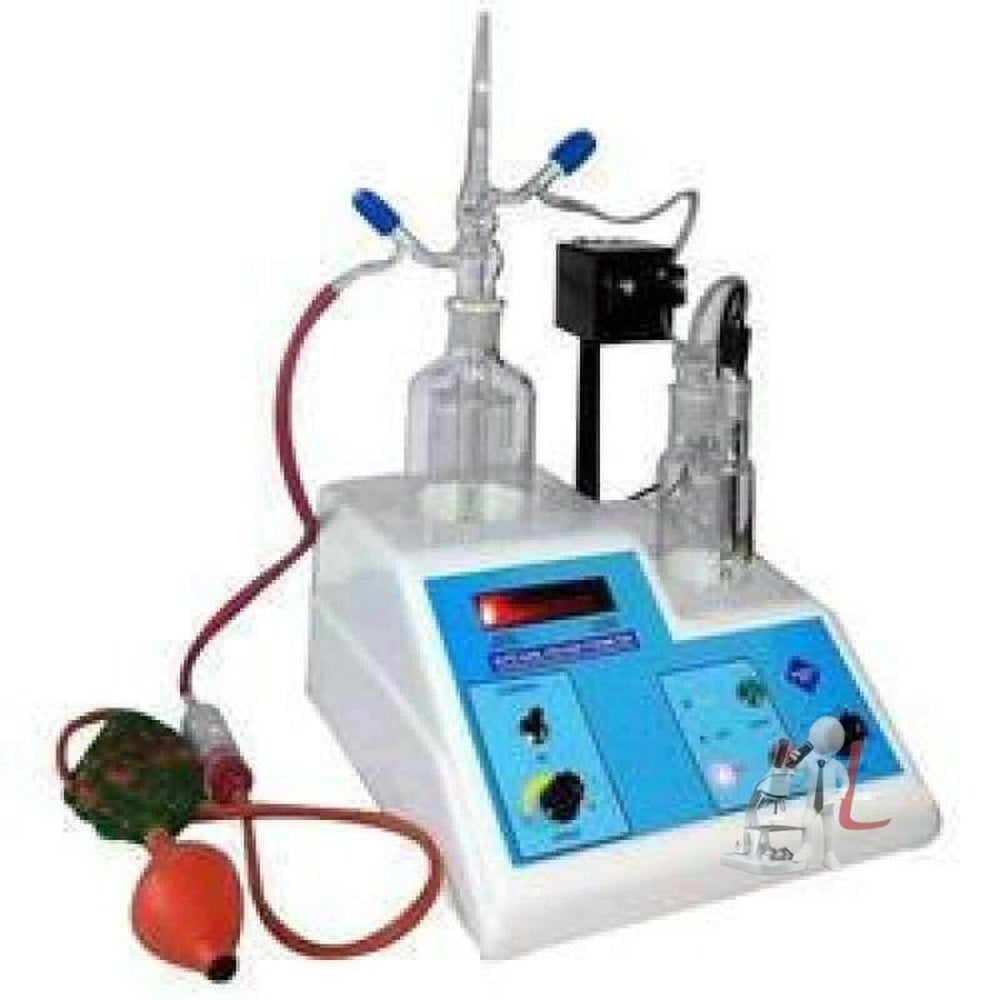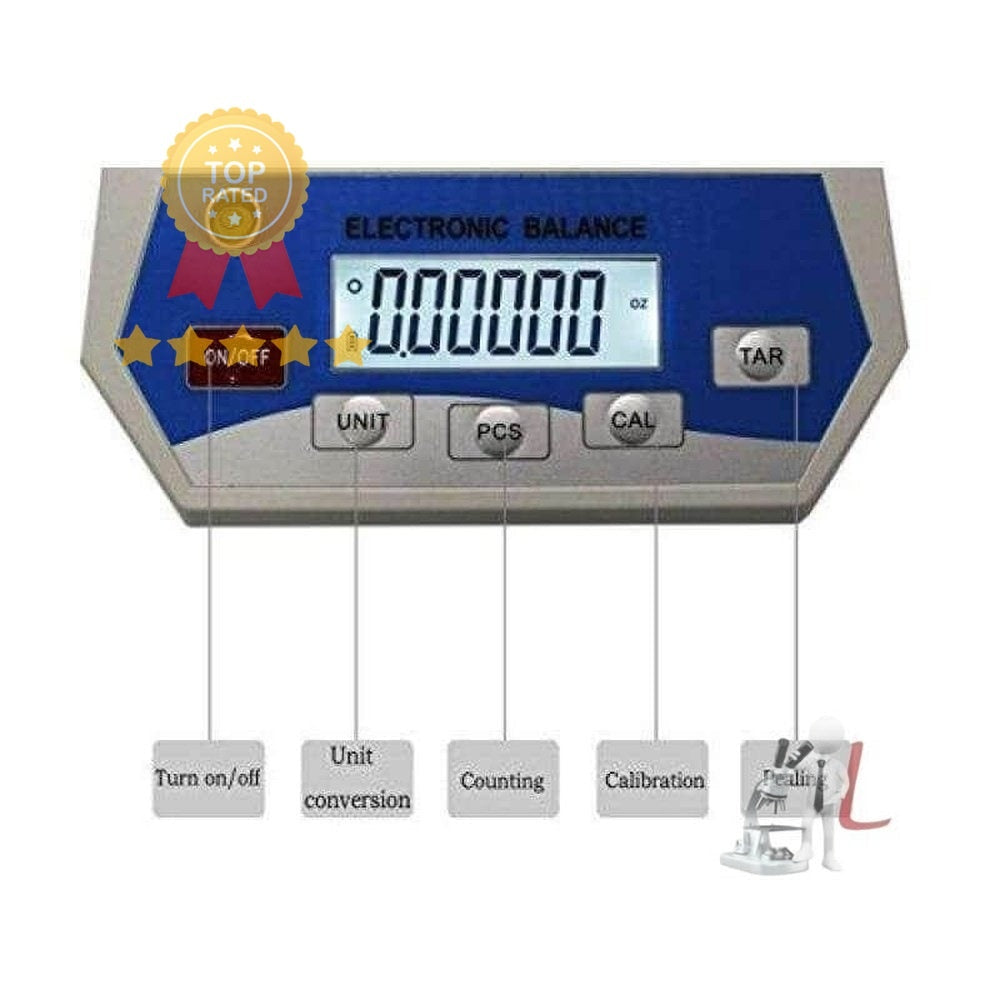Department of Pharmacognosy Equipment
In the realm of pharmacognosy, the study of medicinal plants and natural products, the Department of Pharmacognosy Equipment plays a crucial role in facilitating cutting-edge research and analysis. This specialized equipment is essential for extracting, characterizing, and analyzing compounds derived from natural sources. With advancements in technology, the tools available for pharmacognosy have expanded significantly, providing researchers with the means to investigate the pharmacological properties of a wide variety of natural substances.
The foundation of any research lies in the equipment used. In pharmacognosy, the right apparatus can mean the difference between successful experimental outcomes and unsuccessful trials. Essential tools include but are not limited to extraction units, chromatographic systems, and spectroscopic devices. Each of these instruments serves a specific purpose in evaluating the bioactive constituents of medicinal plants.
Extraction methods are the first step in the analysis of natural products. Essential extraction equipment such as Soxhlet extractors, macerators, and ultrasonic extractors allow researchers to efficiently isolate compounds from plant materials. These techniques vary in their mechanisms, ranging from simple solvent extraction to advanced ultrasonic waves that enhance the process. Selecting the appropriate method is critical as it can significantly impact the yield and purity of the extracts obtained.
Following extraction, characterization of the obtained compounds is performed using chromatographic techniques. High-Performance Liquid Chromatography (HPLC) and Gas Chromatography (GC) are two paramount methods utilized in modern pharmacognosy laboratories. HPLC allows the separation and quantitative measurement of complex mixtures, while GC is typically used for volatile compounds. Together, they provide a comprehensive understanding of the chemical profiles present in botanical samples.
To elucidate the structure of isolated compounds, spectroscopic techniques are employed. Instruments such as Nuclear Magnetic Resonance (NMR) spectrometers, Mass Spectrometers (MS), and Infrared Spectrometers (IR) are vital for structural determination and confirmation of chemical identity. The interplay of these techniques allows researchers to derive intricate details about molecular frameworks, functional groups, and molecular mass, thus leading to a thorough understanding of the pharmacological relevance of the compounds.
Furthermore, advancements in analytical chemistry have led to the introduction of newer techniques like LC-MS (Liquid Chromatography-Mass Spectrometry), which combines the physical separation capabilities of liquid chromatography with the mass analysis capabilities of mass spectrometry. This holistic approach enables the analysis of complex interactions and the elucidation of metabolic pathways involving specific compounds.
In addition to physical instrumentation, computational tools now play a significant role in pharmacognosy. Software for molecular docking, pharmacokinetics, and quantitative structure-activity relationship (QSAR) modeling are being integrated into research methodologies. These tools assist scientists in predicting the biological activities of compounds and in optimizing the design of new potential therapeutics derived from natural products.
Training personnel in the appropriate use of this Department of Pharmacognosy Equipment is equally imperative. Analysts and researchers must possess a sound understanding of both the equipment's operation and the underlying principles of the techniques being employed. This ensures accurate data acquisition and enhances the overall reliability of the research outcomes, leading to significant contributions to the field of pharmacognosy.
The intersection of innovation and traditional practices continues to shape the terrain of pharmacognosy. While the legacy of herbal medicine enriches the discipline, modern equipment and methodologies allow for precise analyses that were previously unimaginable. As research advances, the arsenal of Department of Pharmacognosy Equipment will likely evolve further, paving the way for new discoveries and the development of novel therapeutic agents based on natural products.
In conclusion, the Department of Pharmacognosy Equipment serves as a backbone for research and development in the field of natural products and medicinal plants. Outfitting laboratories with advanced tools not only enhances research capabilities but also encourages new explorations into the pharmacological potential of uncharted botanicals. As the quest for natural therapeutics continues, the significance of high-quality equipment in pharmacognosy remains paramount.
Filter
Sort by

